This print shows the Cross Bath as it looked in the late Georgian era.
Thermae Spa video:
https://www.youtube.com/watch?v=F6Ny0MbxS4Y
Returning to the Therme Spa, I had a wonderful morning in the pools, and I have to admit, I felt great. The placebo effect? Perhaps, but I'll take it. Highly recommended if you are in Bath. I was definitely invigorated! Below, since pictures are not allowed inside, for obvious reasons, this is from the website. It perfectly captures the ambiance of the open-air pool.
Below, a Georgian period view of the King's Bath outside the pump room., by Thomas Rowlandson, 1798, from Wikipedia.
All of this was based on the treatment of almost any complaints people could imagine and the existence of all kinds of care, from quacks and snake oil salesmen to doctors who actually studied medicine. Below, Hospital of St. John the Baptist, Founded 1174, an alms house still in operation.
Below, a gilt bronze head of Sulis Minerva found in Stall Street in 1727 and on exhibition at the Roman Baths, photo via Wikipedia.

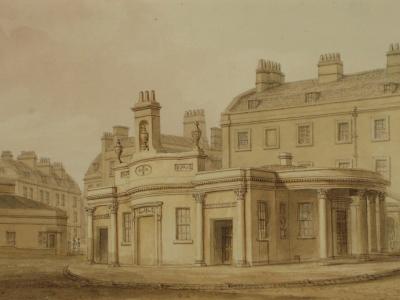
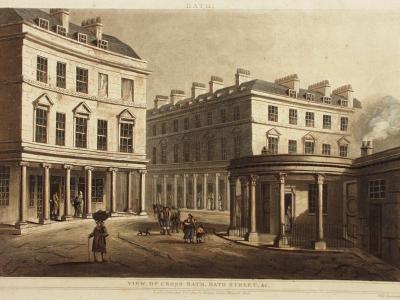
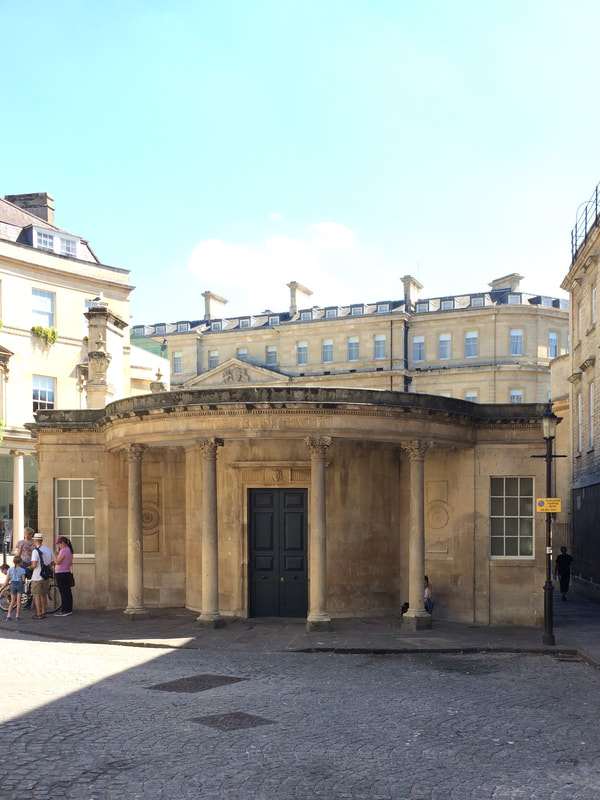
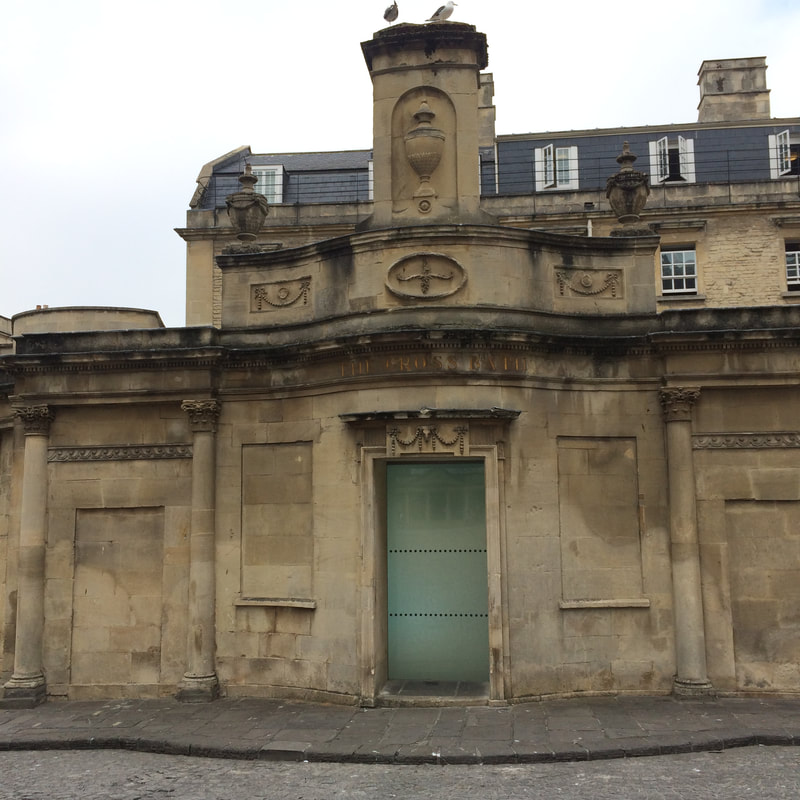
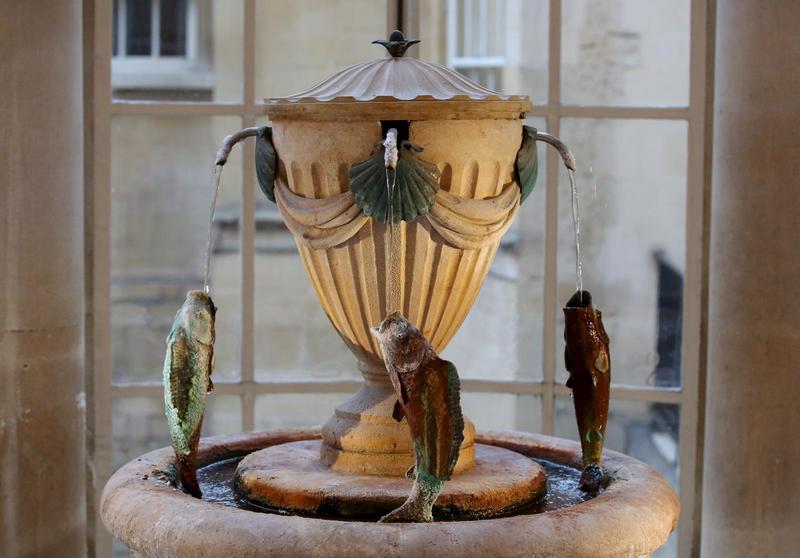
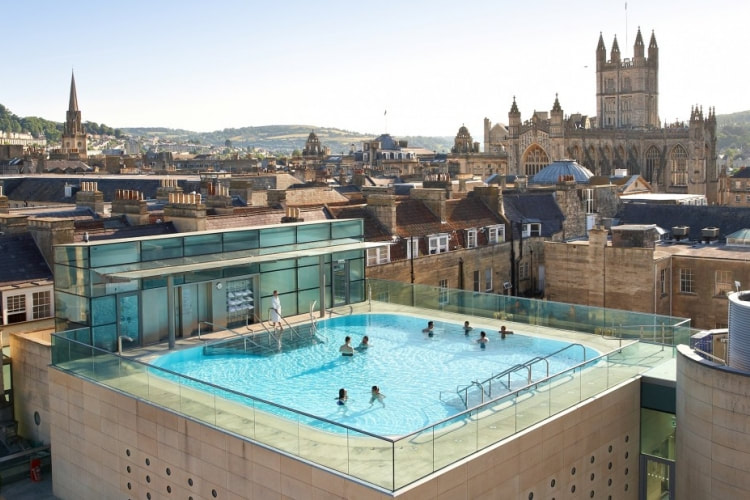
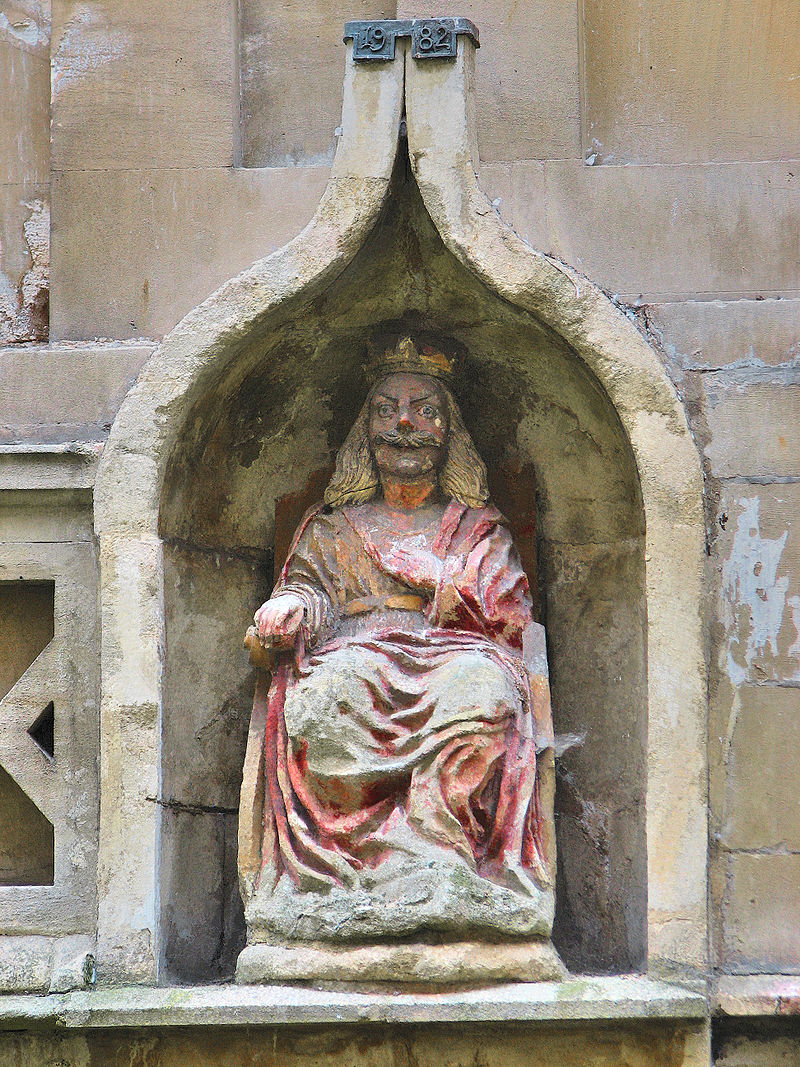
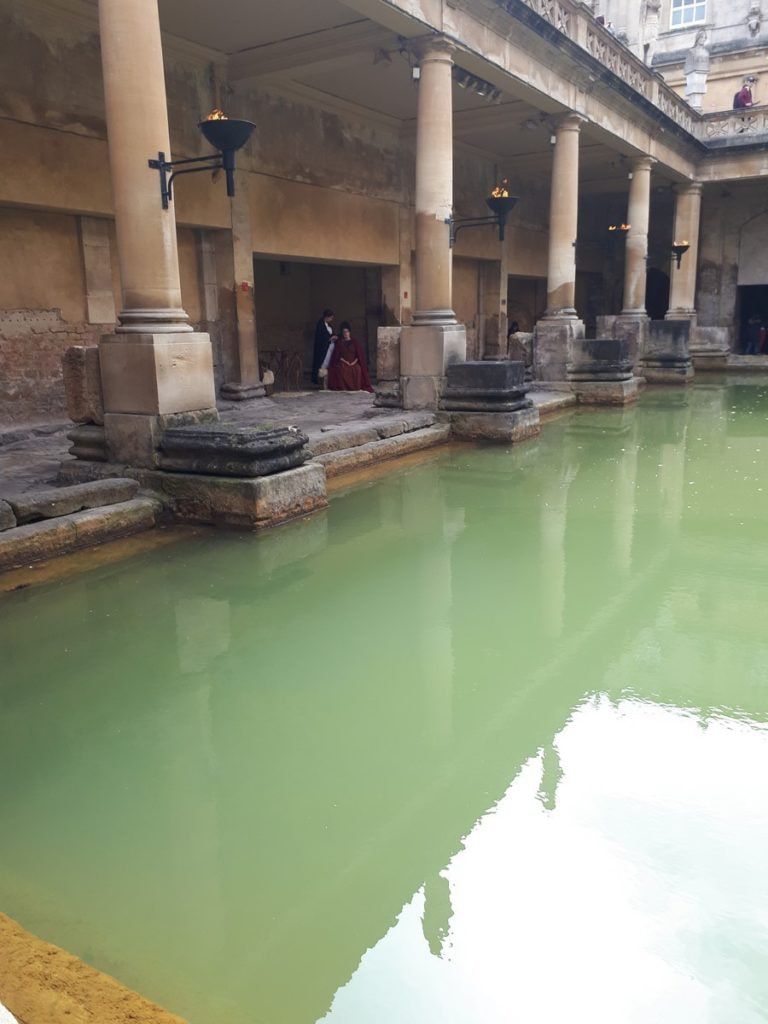
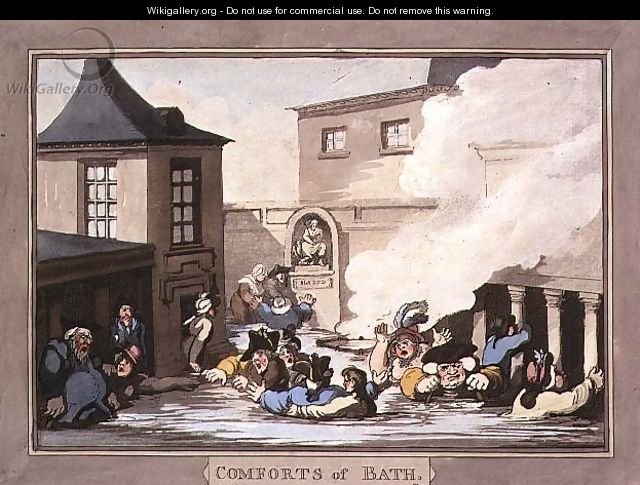
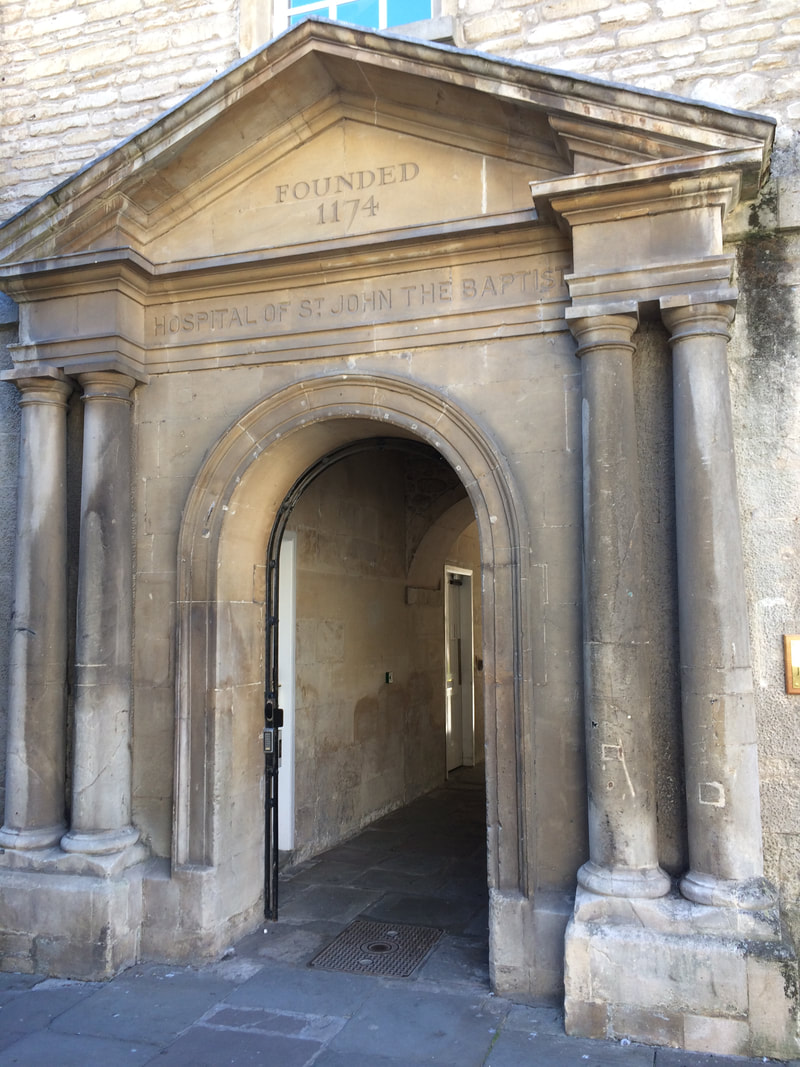
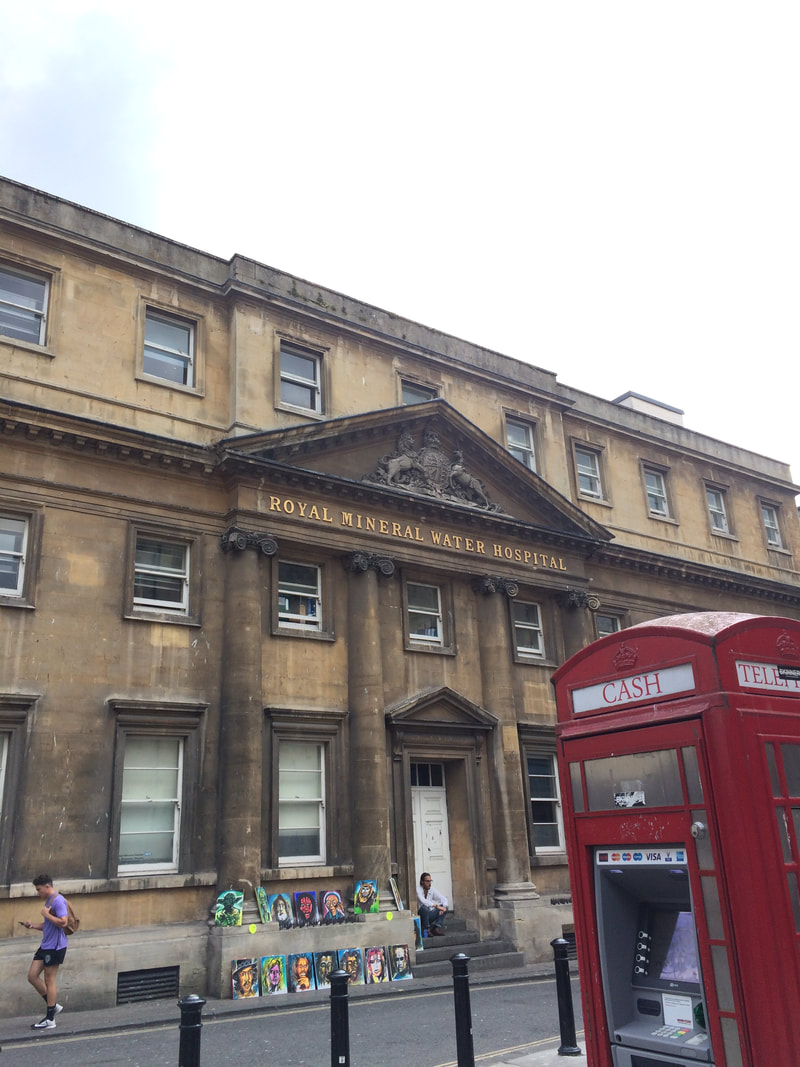
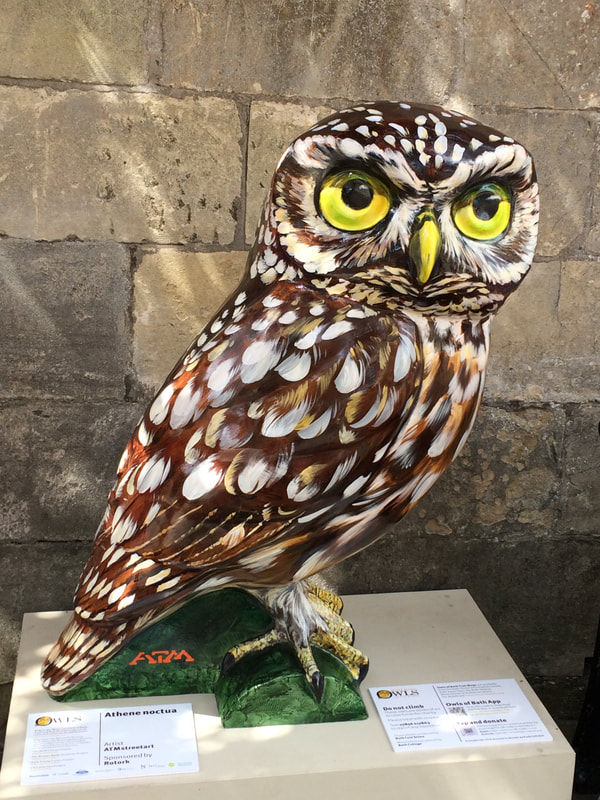
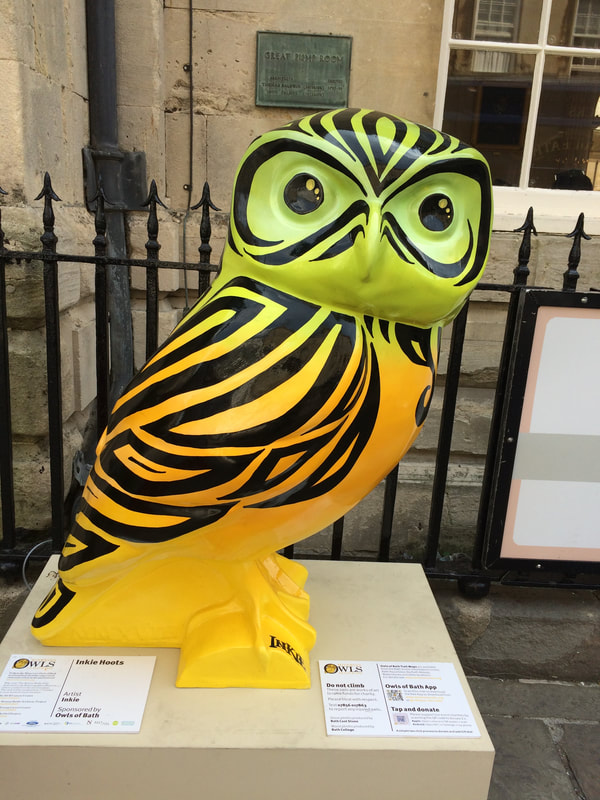
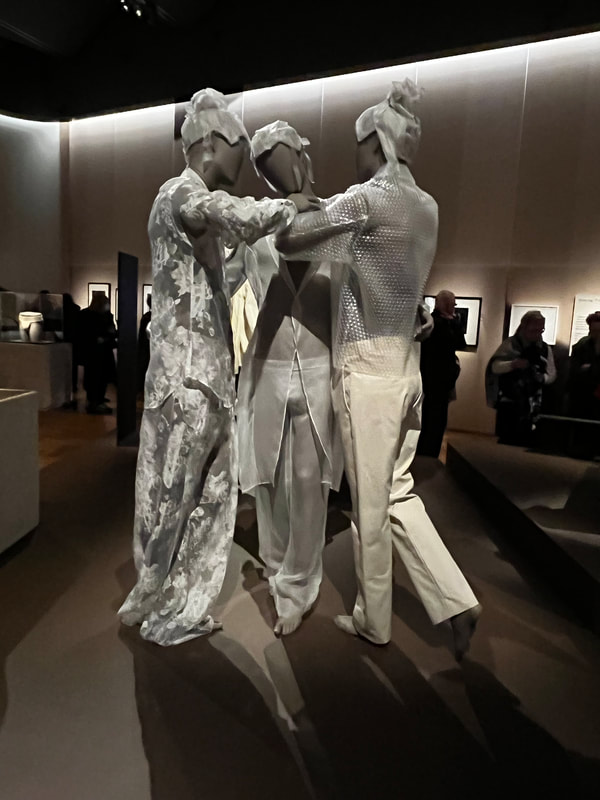
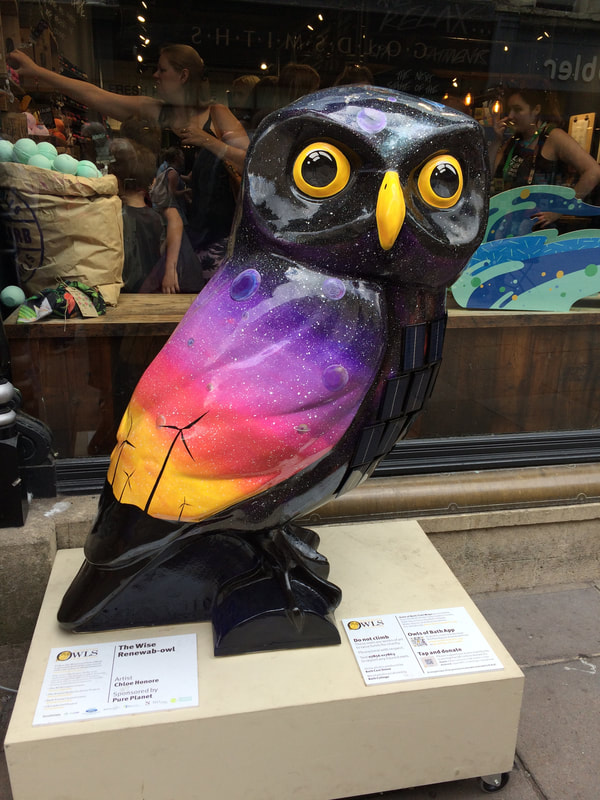
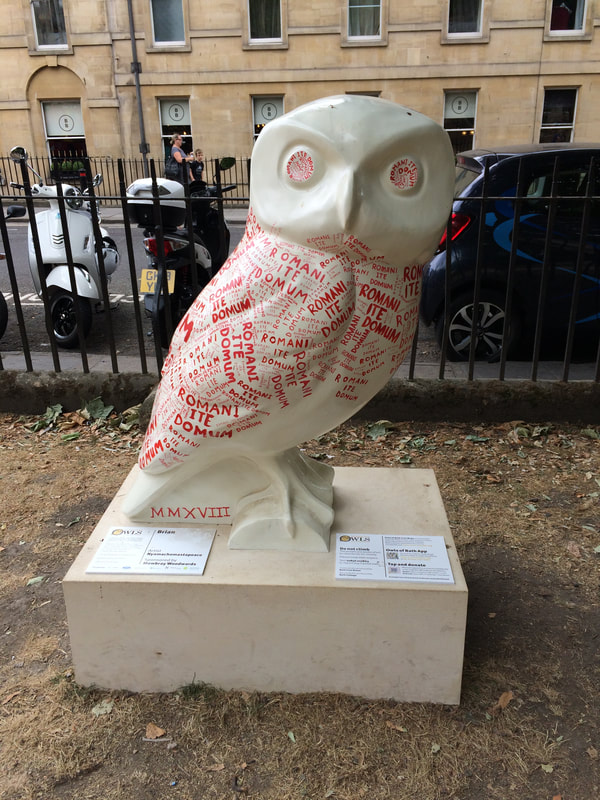
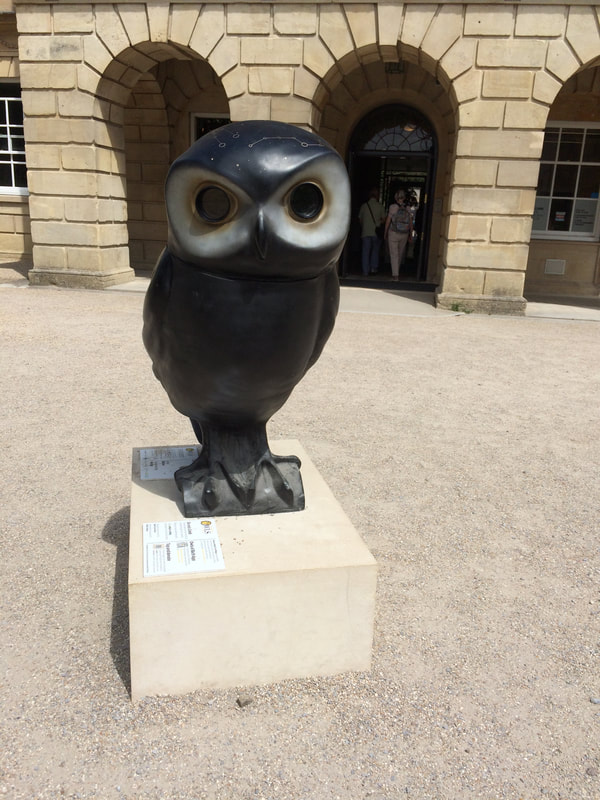
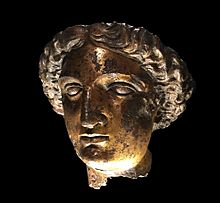
 RSS Feed
RSS Feed